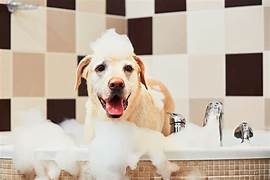As dog owners, one of the most important aspects of maintaining our furry companions’ overall health and hygiene is regular bathing. Bathing not only keeps them clean and fresh but also helps prevent skin issues and promotes a healthy coat. However, it’s crucial to approach the bathing process with care and consideration, ensuring that we use the right type of soap and take necessary precautions to ensure a safe and pleasant experience for our dogs. In this comprehensive guide, we’ll explore the best practices for dog bathing, soap selection, and other essential precautions to ensure your dog’s well-being.
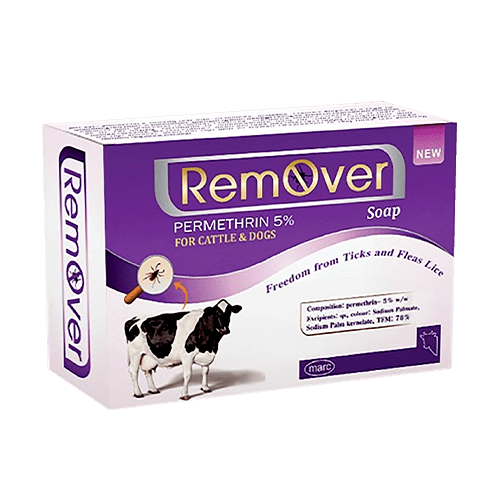
How to Take Care of Your Dog
- Regular Grooming Routine- Establishing a grooming routine that includes brushing, nail trimming, and ear cleaning is vital to maintaining your dog’s overall hygiene.
- Dental Care- Brushing your dog’s teeth regularly and providing appropriate dental chews or treats helps prevent dental diseases and keeps their breath fresh.
- Exercise and Mental Stimulation- Regular exercise not only keeps your dog physically fit but also promotes mental well-being and reduces behavioural issues.
- Healthy Diet- Providing a well-balanced and nutritious diet tailored to your dog’s specific needs supports their overall health, including their coat and skin condition.
- Vaccinations and Veterinary Check-ups- Regular visits to the veterinarian ensure your dog receives necessary vaccinations and preventive care to detect any potential health concerns early on.
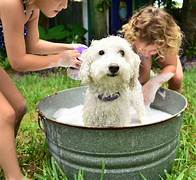
Bathing Your Dog
- Frequency- The frequency of bathing depends on your dog’s breed, coat type, and activities. Most dogs benefit from a bath every 4-8 weeks, but avoid excessive bathing as it can strip natural oils from their skin.
- Preparation- Gather all necessary supplies, such as dog-specific shampoo, towels, and a non-slip mat. Brush your dog’s coat before bathing to remove tangles and mats.
- Water Temperature- Use lukewarm water to make your dog feel comfortable. Avoid using hot water, as it can be distressing for them.
- Soap Selection- Choose a mild, pH-balanced dog shampoo specifically formulated for their skin, like- Remover soap. Avoid using human shampoos or harsh soaps, as they can irritate their skin.
- Bathing Process- Wet your dog thoroughly, avoiding water contact with their ears and eyes. Apply the shampoo, lather gently, and rinse thoroughly. Take extra care around sensitive areas like the face and genital region.
- Drying- Use a towel to remove excess water and allow your dog to air-dry or use a pet-friendly blow dryer on a low, cool setting. Ensure they are kept warm during the drying process.
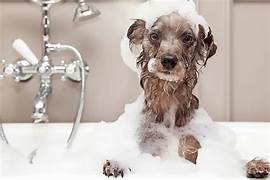
Precautions and Safety Measures
- Ear Protection- Place cotton balls in your dog’s ears to prevent water from entering and causing infections.
- Eye Protection- Be cautious when rinsing around your dog’s face to avoid getting soap or water in their eyes.
- Slip-Proof Environment- Use a non-slip mat in the bathing area to prevent your dog from slipping and injuring themselves.
- Positive Reinforcement- Make the bathing experience positive by offering treats, praise, and reassurance throughout the process.
- Patience and Calmness- Stay calm and patient, as your dog may feel anxious or nervous during bath time. Speak in soothing tones and provide gentle reassurance.
- Post-Bath Check- After the bath, examine your dog’s coat, skin, and ears for any signs of irritation, redness, or infection. Consult a veterinarian if you notice any abnormalities.
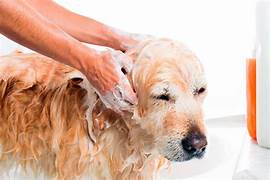
Conclusion
Taking care of your dog involves various aspects, and bathing is a crucial part of their overall hygiene. By following the best practices outlined in this guide, you can ensure that the bathing process is safe, enjoyable, and beneficial for your furry friend. Remember to establish a regular grooming routine, provide a healthy diet, and prioritise their dental care and exercise needs. When it comes to bathing, choose a mild, dog-specific shampoo and take necessary precautions to create a safe environment. By incorporating these practices into your dog care routine, you can keep your canine companion clean, healthy, and happy for years to come.
